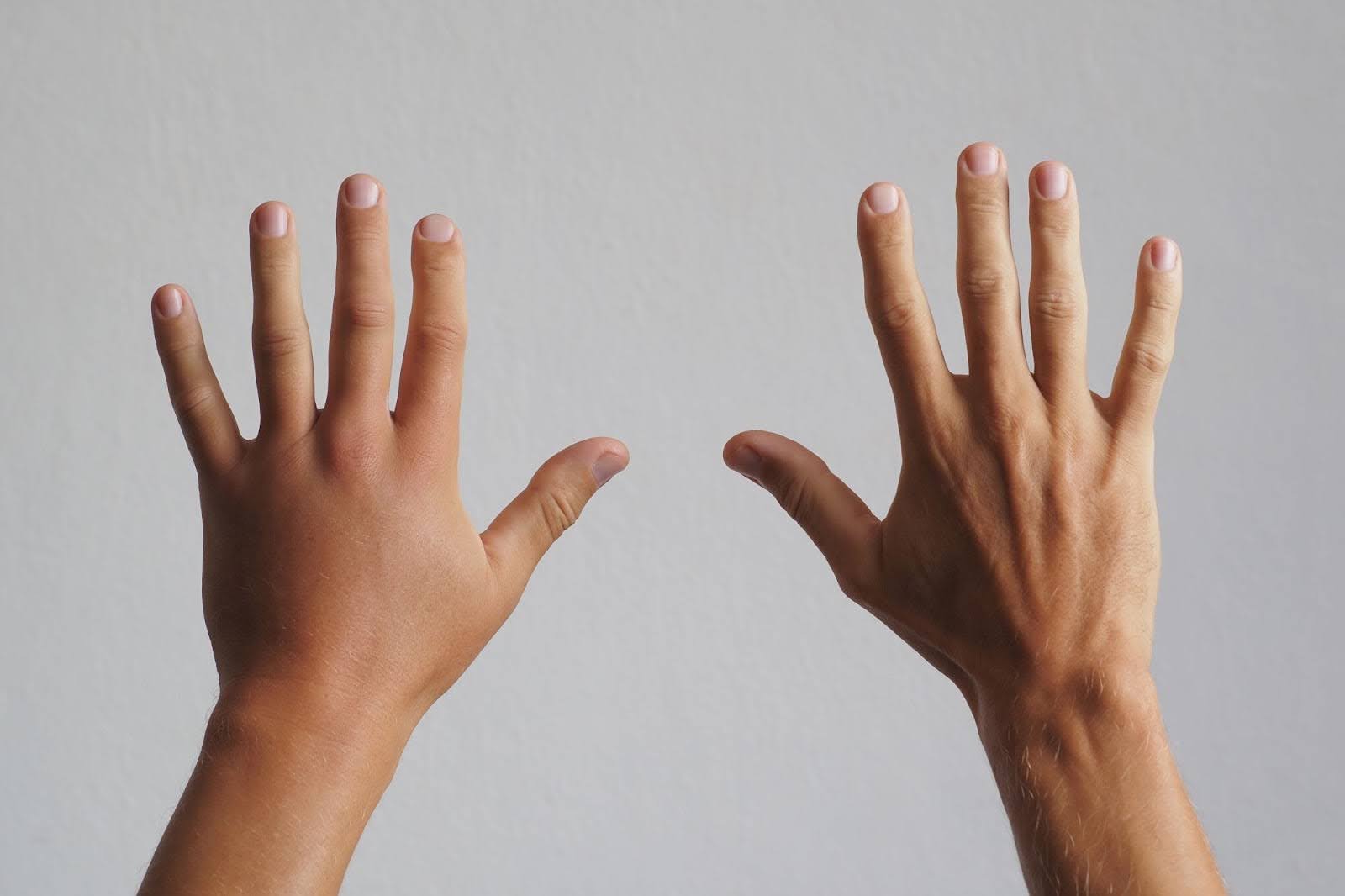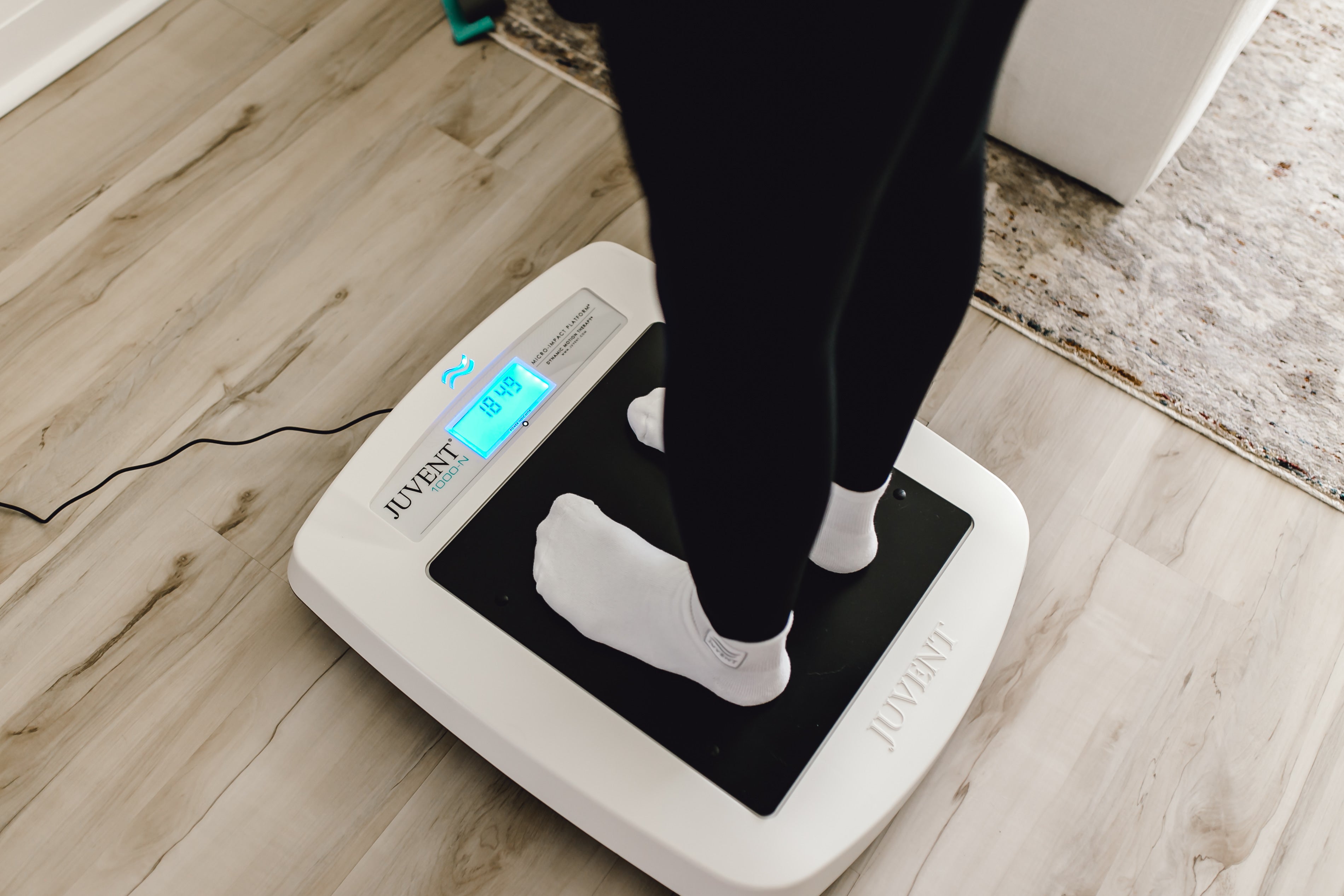Edema is more commonly known as swelling, and it is a condition characterized by an excess of fluid trapped in the body's tissues. While it often affects the extremities, such as the legs and arms, it can occur in any part of the body. Understanding the causes, treatments, and prevention strategies for edema is crucial for managing this condition effectively. Here’s everything you need to know about edema.
What Is Edema?
Edema occurs when excess fluid builds up in the tissues, causing swelling and discomfort. This can happen for a number of reasons, including injury, prolonged sitting or standing, and medical conditions. The swelling can be mild and temporary or severe and persistent, depending on the underlying cause. Common signs and symptoms of edema are swelling, stretched and shiny skin, discomfort, pain, or stiffness in the joint. You may also see pitting, which is when you press on the area and it leaves an indentation.
What Is the Main Cause of Edema?
Edema can result from factors ranging from lifestyle choices to serious medical conditions.
- Injury or Trauma: One of the most common causes of edema is physical trauma to the body. When the body sustains an injury, it responds by sending extra blood and fluid to the area to aid in healing, leading to localized swelling. The more severe the injury, the greater the swelling.
- Prolonged Inactivity: Sitting or standing in one position for an extended period can cause fluid to accumulate in the lower extremities due to gravity.
- Medical Conditions: Several diseases or conditions have swelling as a symptom. Heart failure prevents the heart from pumping blood effectively and can cause fluid buildup in the lungs and legs. Impaired kidney function, such as in kidney disease, can result in fluid retention. Liver conditions like cirrhosis can lead to decreased protein production, causing fluid to leak into the tissues. Problems with the veins can also cause fluid to pool in the legs.
- Medications: Drugs for health conditions, such as high blood pressure medication, corticosteroids, and nonsteroidal anti-inflammatory drugs (NSAIDs), can cause fluid retention.
- Pregnancy: Hormonal changes and the increased weight of the uterus can compress veins in the legs, leading to swelling.
Treatment for Edema
Treating edema involves addressing the underlying cause and managing symptoms to reduce discomfort and swelling. Wearing compression stockings can help prevent fluid from accumulating in the legs by promoting blood flow. Elevating the affected limbs above heart level can reduce swelling by encouraging fluid to flow back toward the heart. Regular physical activity and exercises that promote circulation, such as walking or swimming, help reduce edema, too. Diuretics, commonly known as water pills, can help the body expel excess fluid. These should only be used under medical supervision for edema treatment. Reducing salt intake can prevent fluid retention, while a balanced diet rich in fruits, vegetables, and lean proteins supports overall health and reduces edema. Tools like Juvent’s micro-impact platform can assist in improving circulation.
How to Prevent Edema
Preventing edema involves adopting healthy lifestyle habits and being mindful of potential risk factors. Regular exercise promotes circulation and prevents fluid from pooling in the extremities. Eating a balanced diet low in sodium helps prevent fluid retention, and staying hydrated is also crucial. Compression socks or sleeves can support veins and improve circulation, especially during long periods of inactivity like on a flight. Regular check-ups with a healthcare provider help to manage and prevent underlying conditions that may lead to edema.
Edema can be uncomfortable and disruptive, but understanding its causes, treatments, and prevention strategies can help you manage it effectively. Incorporating healthy lifestyle habits and seeking appropriate medical care are key to reducing the impact of edema on your life. Prioritize a healthy life and join the many people who trust Juvent to help them on the path to their best bodies.
In the US, the Juvent device is considered investigational for the treatment of osteoporosis or improvement/maintenance of bone mineral density and our claims have not been reviewed or cleared by the FDA to treat any disease or condition. (2) Calculated over the 20+ year expected life of a Juvent. The JUVENT® Micro-Impact Platform® is Registered as a Class I medical device for exercise and rehabilitation. JUVENT products are covered by the following issued patents, pending patents, and their foreign equivalents: 6,843,776 6,884,2277,094211 7,207,954 7,207,955 7,985,191 8,114,036 11/369,611 11/486,538. Juvent, Dynamic Motion Therapy, Micro-Impact Platform, and the symbol are Registered trademarks of Regenerative Technologies Corporation.




Share:
Three Natural Ways to Build Healthier Bones
Juvent vs. Marodyne Vibration Plates